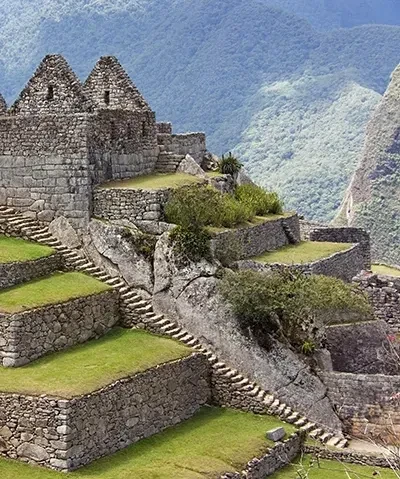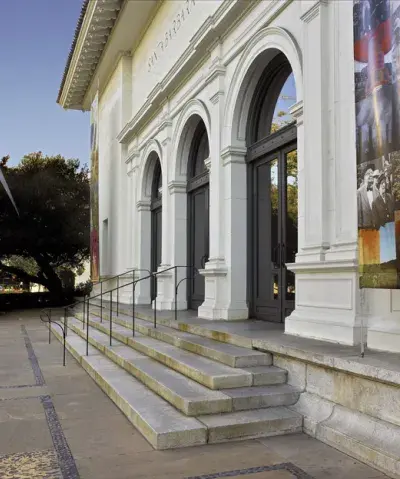OPEN TODAY
11 am – 5 pm
New Opportunities
Apply for a job at SBMA
SBMA Receives Charity Navigator's 4-Star Rating
Press Release
Sketching in the Galleries
Saturday, December 13
11:15 am – 12:15 pm
11:15 am – 12:15 pm
See, Hear: Performance at the Intersection of Impressionist Art and Music
Sunday, January 11, 2026
2:30 pm, 3:15 pm, and 4 pm
2:30 pm, 3:15 pm, and 4 pm
Blockbuster Exhibitions of Monet, Van Gogh, Matisse and More Now Open
Tickets are Now Available
Mario Giacomelli: La Gente, La Terra
Through February 15, 2026
School Field Trips
Register your class today
Art Learning Lab
Ongoing
Education Viewbook
Learn about all the Education programs at SBMA
Become a Member!
Enjoy Member Benefits Today!
For Members
See what's in store if you become a Member of SBMA!
Become a Docent
Help Teach at SBMA
Artists & Culture of Tahiti & the Islands of French Polynesia with Tory Laitila
September 3 – 13, 2026
Best of Peru’s Art & Archaeology with Dr. Kevin Lane
September 22 – October 3, 2026
Museum Store
Jewelry, Books, Toys, and Custom Products
Visit SBMA
Click for more info

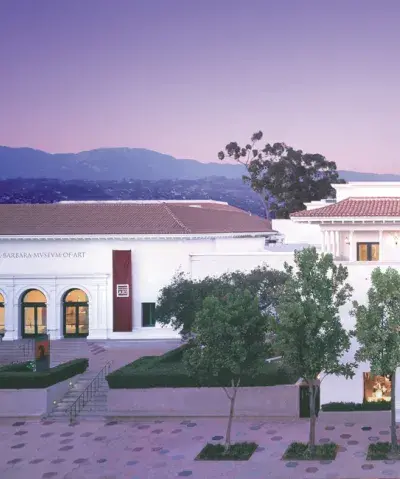

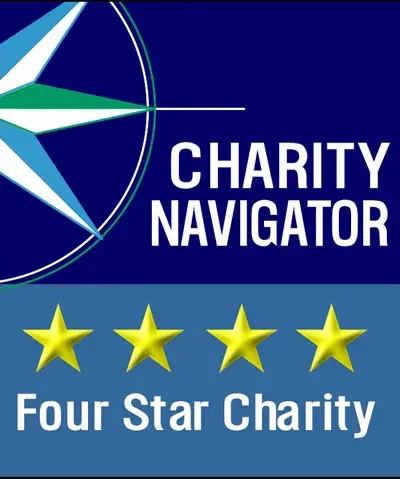
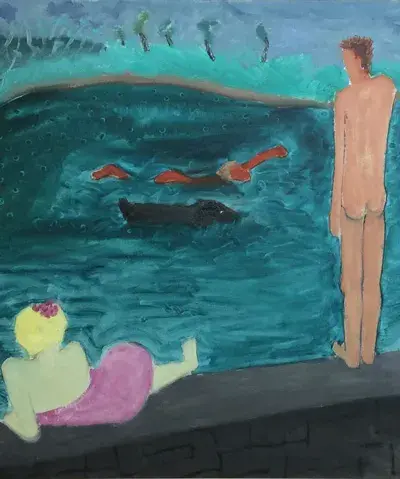



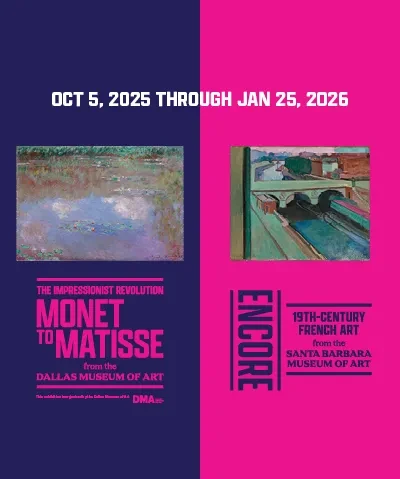





![memberseve[1]](https://www.sbma.net/sites/default/files/styles/menu_thumbnail_400_480/public/menu/memberseve%5B1%5D.jpg.webp?itok=hIz01lpc)


